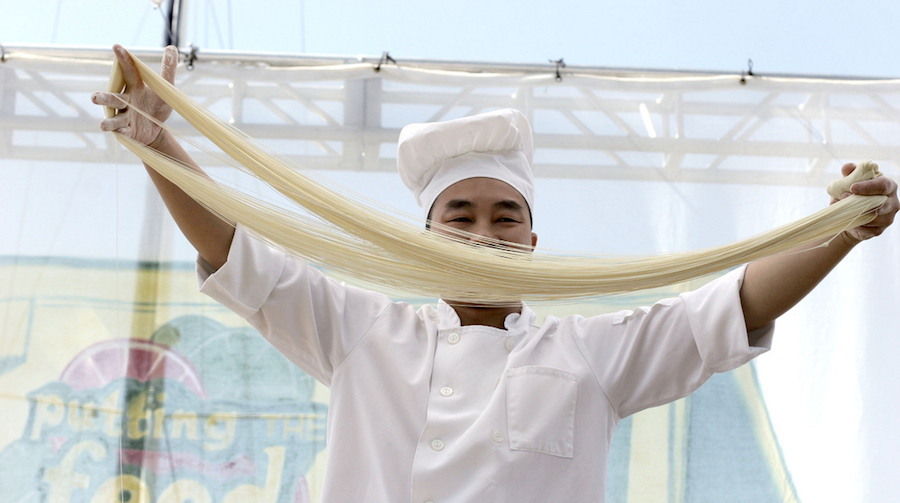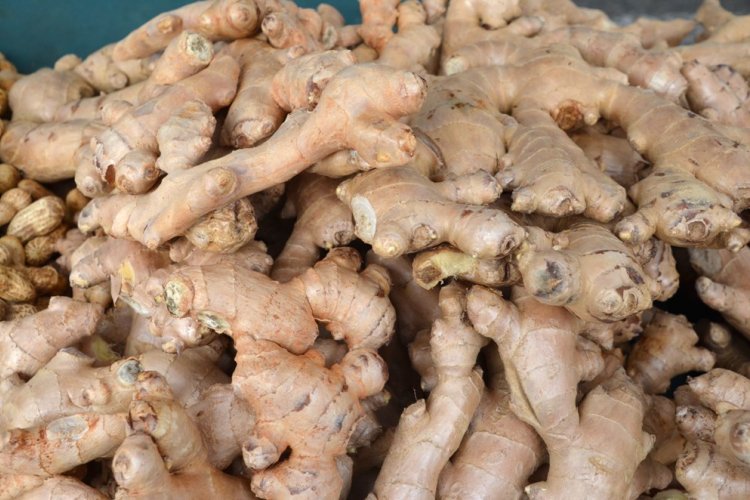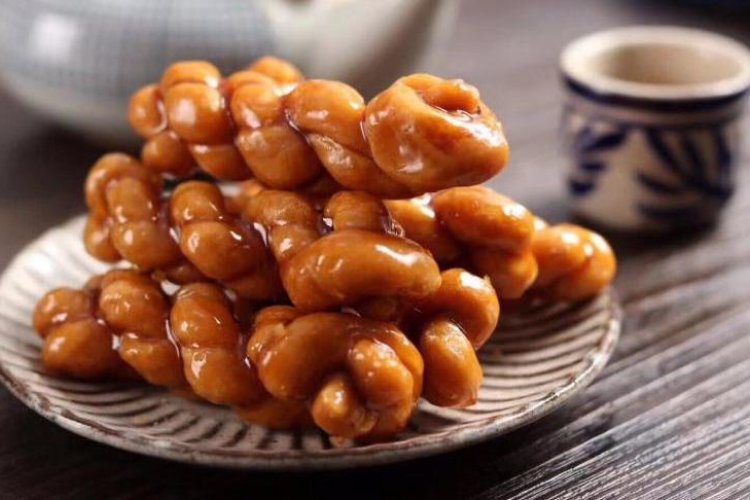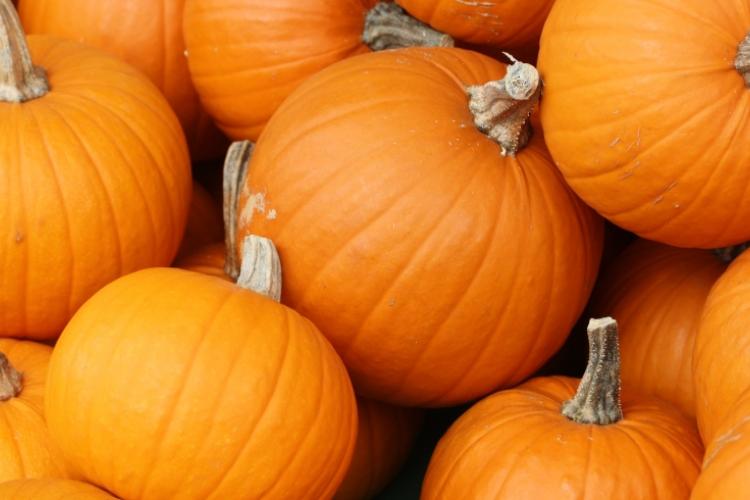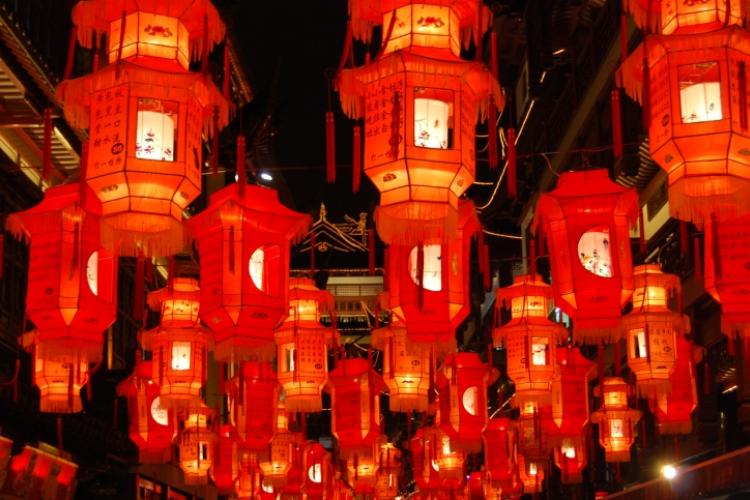Wokipedia: L is For...
In Wokipedia, we introduce aspects of Chinese gastronomy, one letter at a time. This month, 'L' gets the treatment.
... lamian 拉面
Not to be confused with Japanese ramen (in both its traditional and instant forms), Chinese lamian – or hand- pulled noodles – is a style all its own. The weight of the noodle dough is used to stretch and twist it into increasingly thin strands (as pictured above). Flour is applied to the dough to keep the strands separate, resulting in the signature “slap” at the end of the process to remove the excess flour before cooking. The capital of Gansu province, Lanzhou, is particularly famous for lamian.
... longjing tea 龙井茶
Often referred to by its literally translated name, Dragon Well tea is a famous variety of pan-roasted green tea produced around the eponymous Longjing Village near Hangzhou. Pan roasting refers to the fact that heat is applied to the leaves after picking to stop the natural oxidization process. Longjing tea also has various culinary applications within Zhejiang cuisine, for example in the well-known dish, stir-fried shrimp with Longjing tea.
... ludan 卤蛋
Typically referred to as soy-sauce eggs, ludan is the ultimate egg preparation for umami fans. Cooked in a richly spiced soy sauce-based broth – including spices such as fennel, star anise, and cinnamon – ludan differ from their close cousins, tea eggs, in that they are usually simmered in the broth without their shells, as opposed to in their shells, which gives tea eggs their signature marbling.
... luohan zhai 罗汉斋
A popular vegetarian dish, the name of which is taken from the Chinese transliteration of the Sanskrit arhat, a luo han, describing a “perfected person,” or one who has achieved nirvana. Also known as Buddha’s Delight, the dish is typically made with at least ten different vegetables stewed in a soy-based sauce, but restaurant versions may include as many as 30 vegetarian components.
That's L sorted. Click here to see what you missed with K.
More stories by this author here.
Email: robynnetindall@thebeijinger.com
Instagram: @gongbaobeijing
Twitter: @gongbaobeijing
Weibo: @宫保北京
Photos: gwen (via Flickr)
Related stories :
Comments
New comments are displayed first.Comments
![]() Sikaote
Submitted by Guest on Mon, 02/08/2021 - 06:07 Permalink
Sikaote
Submitted by Guest on Mon, 02/08/2021 - 06:07 Permalink
Re: Wokipedia: L is For...
By the by, "luo han" is a translation of "arhat," not a transliteration. A transliteration is an effort to render one language's word into another language phonetically. I guess your student loans outlasted the education they paid for, eh? A common quandry as this age of Kali Yuga marches onward and downward.
The word luohan is an abbreviation of aluohan 阿罗汉, which is definitely a phonetic transliteration of arhat. Please ensure that trolling quality does not decline further.
The word luohan is an abbreviation of aluohan 阿罗汉, which is definitely a phonetic transliteration of arhat.
Please do tell how pronounncing the Chinese word 'luohan' sounds in ANY way like the word 'arhat'.
I'll wait.

![]() xz576
Submitted by Guest on Mon, 12/09/2019 - 22:21 Permalink
xz576
Submitted by Guest on Mon, 12/09/2019 - 22:21 Permalink
Re: Wokipedia: L is For...
By the by, "luo han" is a translation of "arhat," not a transliteration. A transliteration is an effort to render one language's word into another language phonetically. I guess your student loans outlasted the education they paid for, eh? A common quandry as this age of Kali Yuga marches onward and downward.
The word luohan is an abbreviation of aluohan 阿罗汉, which is definitely a phonetic transliteration of arhat. Please ensure that trolling quality does not decline further.
Validate your mobile phone number to post comments.

